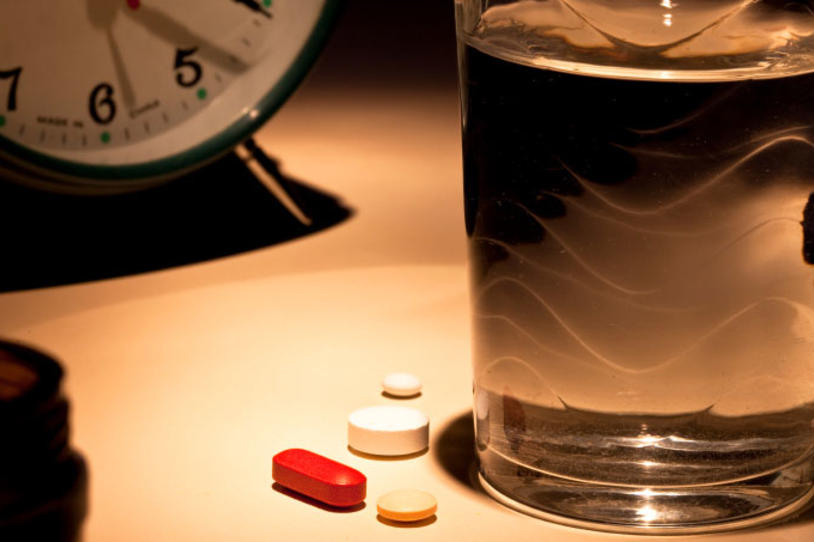
Many people with Parkinson’s disease (PD) have trouble sleeping. In addition to a general difficulty falling and then staying asleep, some deal with restless leg syndrome (an uncontrollable urge to move the legs during sleep). Others experience intense nightmares.
Some scientists believe that the reasons to study the relationship between disordered sleep and Parkinson’s may go beyond quality of life issues for patients: Namely, understanding the biological processes behind REM Sleep Behavior Disorder (RBD) may hold clues to PD-related processes taking place before motor symptoms become evident. This could make it possible to diagnose the disease earlier.
Recently, a new study from the Mayo Clinic provided further evidence that RBD might be linked to Parkinson’s, demonstrating that those with RBD are twice as likely to develop Parkinson's disease within four years of diagnosis of RBD.
What does this mean for people living with Parkinson's today?
Traditionally, movement disorder specialists diagnose Parkinson's by observing at least two of the three cardinal symptoms of the disease — resting tremor, slowness of movement, and rigidity, as well as asymmetric onset of these symptoms. But understanding the disease process taking place before these symptoms occur could have major implications for people living with Parkinson’s, says Bill Langston, MD, scientific director and chief executive officer of The Parkinson's Institute in Sunnyvale, California. And RBD could provide interesting leads to this end.
For one, the sleep disorder could provide doctors with a biomarker for Parkinson’s. This means that they could diagnosis the disease earlier, which could, in turn, make it possible for them to provide protective and preventative therapies before significant dopamine loss has taken place. (No such treatment currently exists for PD but a great deal of work is currently going on in this area.) People with RBD could also be on the lookout for other symptoms of Parkinson’s, and get to a movement disorders specialist faster.
Second, it may be that the sleep disorder and PD share a common underlying cause. If this common-cause hypothesis is borne out, the field could gain critical information for developing a disease-modifying treatment for Parkinson’s.
So what causes are researchers investigating? One hypothesis holds that degeneration of specific regions of the brain stem cause RBD and play a role in parkinsonian symptoms such as depression and anxiety. In fact, the degeneration of the brain taking place in RBD may in fact be early Parkinson’s.
Clinical studies of RBD and Parkinson's have provided the numbers to back this statement up, says Dr. Langston. Citing work by Andrew Siderowf, he explains that in the general population, the risk of developing Parkinson’s is about 40 per 100,000 people. For those with a mutation in the gene LRRK2, the most common genetic cause of PD discovered to date, the risk jumps to 1,000 per 100,000. The risk for those with RBD is four times this risk.
“The great hope is that we may one day be able to diagnose patients with early PD by homing in on the disease process earlier on,” he says. “And of the symptoms that we believe could in fact be emblematic of early PD, RBD is the granddaddy of them all.”